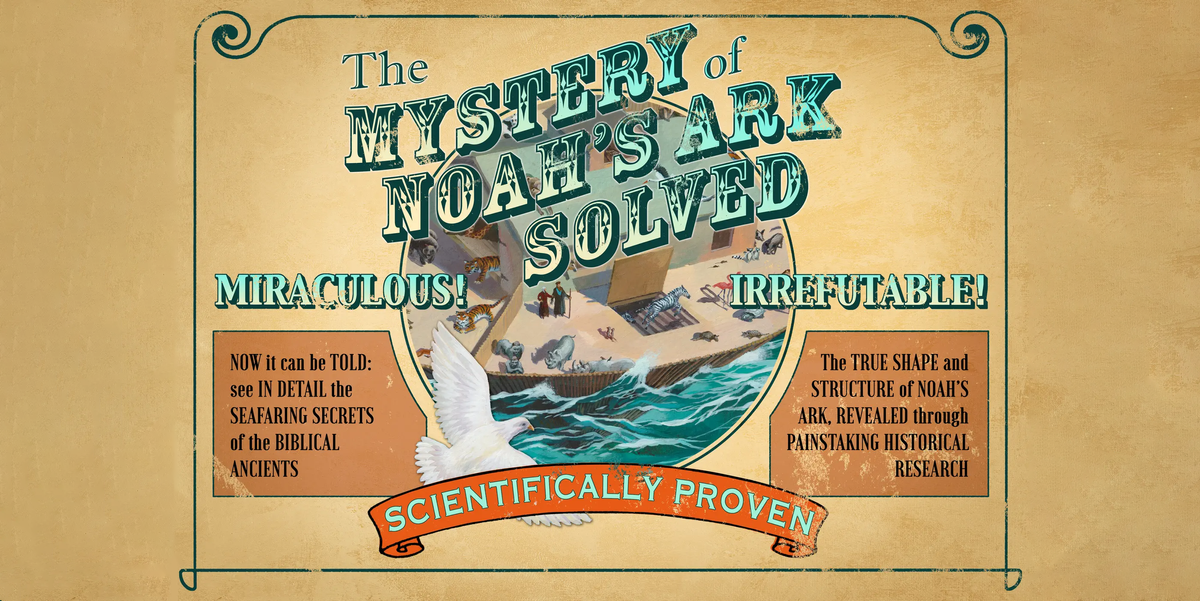To be honest your Judgements are secondary to God's. Besides that it shows your lack of understanding of the text. You (like surada) refuse any understanding that doesn't from yourself.
You may find this interesting. I have always wondered what gofer wood was. Evidently it was lost in translation. It makes perfect sense considering Moses was found in a basket on the Nile.. like a coracle.
But as the Jewish Encyclopedia notes, gofer may have been derived from the Assyrian word giparu for “reeds.” Significantly, perhaps, the word translated as “rooms” in the King James version in Hebrew is quinnim, “nests,” as in birds’ nests.
Most contemporary scholars believe that the basic motifs of the Noah story—the command to build an ark to save his family and animals, the sending out of birds to search for dry land, the ark’s coming to rest on a mountain, and a sacrifice followed by a divine promise—come directly from earlier Mesopotamian myths told about Flood heroes: the Sumerian king Ziusudra (“Life of Long Days”), the Akkadian king Atra-hasis (“Exceeding in Wisdom”), and the Babylonian king Utnaphishtim (“He Found Eternal Life”), who describes the Flood to Gilgamesh in the Epic of Gilgamesh. It is interesting, therefore, that reeds play a role in the directions given by the god Enki to Atra-hasis, the Babylonian Noah:
Wall, wall! Reed wall, reed wall!
Atra-hasīs, pay heed to my advice,
That you may live for ever!
Destroy your house, build a boat…
What does Noah's Ark look like? The shape of Noah's ark has been a puzzle for millennia. Until now. The Noah's Ark Mystery is finally solved.

www.tabletmag.com

